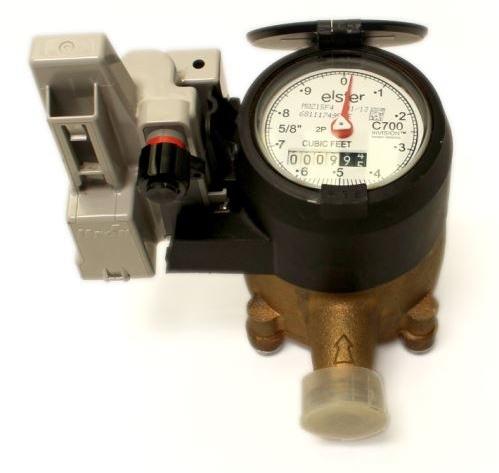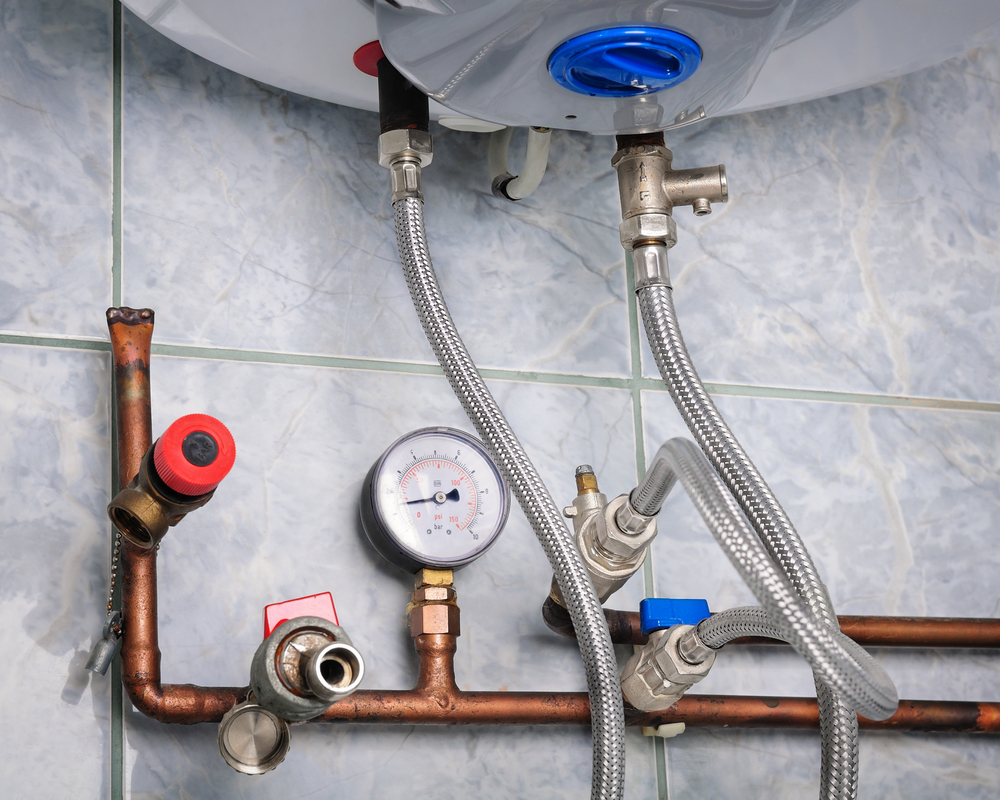Practical Techniques for Fixing Low Water Pressure in Your Home
Practical Techniques for Fixing Low Water Pressure in Your Home
Blog Article
We've come across this post on 4 Ways to Troubleshoot Low Water Pressure down the page on the net and believe it made perfect sense to discuss it with you in this article.

Low tide pressure in your home can be an irritating problem, influencing everything from bathing to cleaning recipes. If you're experiencing weak water circulation, there are several feasible causes and services to discover. In this overview, we'll go over typical reasons for low tide stress and practical actions to resolve the problem effectively.
Introduction to Low Tide Stress
Low water pressure happens when the circulation of water from your faucets, showers, and various other fixtures is weaker than normal. This can make day-to-day tasks more challenging and less reliable. Comprehending the sources of low water stress is critical to finding the best remedy.
Typical Root Causes Of Low Water Pressure
Faulty Pressure Regulatory Authorities
Stress regulators are responsible for preserving regular water stress in your home. If they malfunction, it can lead to low water stress or irregular circulation throughout your house.
Metropolitan Water Issues
Often, the problem exists outside your home. Community water supply concerns, such as main line leakages or maintenance job, can temporarily reduce water stress in your area.
Pipe Obstructions
Gradually, pipes can become obstructed with mineral deposits, debris, or debris, restricting the circulation of water. This is an usual concern in older homes with galvanized steel pipelines.
Corrosion
Deterioration within pipes can cause leaks and decreased water pressure. Rust buildup can tighten water flow, especially in aging plumbing systems.
Just How to Identify Low Water Stress
Checking Pipes
Check visible pipes for indicators of leakages, rust, or blockages. Take note of any type of unusual noises, such as knocking or rattling pipes, which might suggest problems within the plumbing system.
Consulting with a Plumber
If you're not able to pinpoint the reason for low tide stress, take into consideration hiring an expert plumber to perform a comprehensive evaluation. They can determine underlying problems and advise appropriate services.
Inspecting Faucets and Fixtures
Start by evaluating the water stress at various taps and components throughout your home. If the issue is separated to details areas, it might suggest localized problems.
Do It Yourself Solutions to Take Care Of Low Tide Stress
Flushing Water Heater
Debris accumulation in the water heater can limit flow and decrease effectiveness. Flushing the tank occasionally aids eliminate debris and preserve ideal efficiency.
Inspecting Stress Regulator
Make certain that the pressure regulator is functioning correctly. Readjusting or replacing the regulator can assist bring back correct water stress throughout your home.
Cleaning Up Aerators and Showerheads
Mineral deposits can accumulate in aerators and showerheads, reducing water circulation. Get rid of and clean these parts regularly to improve water stress.
Clearing Clogs in Pipes
For minor blockages, try utilizing a plumbing serpent or chemical drain cleaner to clear blockages in pipes. Be cautious when utilizing chemicals and follow safety and security guidelines.
When to Call an Expert Plumber
If do it yourself initiatives fail to fix the issue or if you suspect substantial plumbing issues, it's finest to seek support from a certified plumber. They have the experience and devices to deal with intricate problems securely and properly.
Safety Nets to Maintain Water Stress
Setting Up a Stress Booster
Take into consideration setting up a pressure booster pump to improve water stress in areas with regularly low circulation. This can be particularly advantageous for multi-story homes or residential properties with high-demand components.
Surveillance Water Use
Bear in mind water usage behaviors and prevent overtaxing the plumbing system. Straightforward adjustments, such as shocking showers and washing lots, can help maintain appropriate water pressure.
Routine Upkeep
Set up routine maintenance for your plumbing system to avoid issues such as deterioration, leakages, and blockages. Attending to small problems early can aid prevent more considerable repair work in the future.
Final thought
Managing low tide pressure can be irritating, however determining the underlying reasons and implementing ideal solutions can recover optimum circulation throughout your home. Whether it's cleaning aerators, checking pipelines, or consulting with a plumber, taking positive actions can guarantee a steady supply of water for your daily needs.
FOUR WAYS TO FIX LOW WATER PRESSURE NOW
Turning on a shower or faucet only to find the water comes out in a sad, slow drizzle is never a good feeling. How exactly are you supposed to wash a pan or take a quick shower when it takes 10 minutes just to rinse off a little soap? The good news is that when your water pressure is bad, there's always a cause: typically one that can be easily fixed. Here are some of the most common causes of low pressure and what you can do to fix the issue:
DEBRIS AND MINERAL DEPOSIT BUILDUPS
If you notice low water pressure from just one or two of the fixtures in your house, the problem likely has to do with debris buildup. Water is full of minerals and other debris, all of which can accumulate in your pipes and on your fixtures. This can cause a blockage that affects how much water flows through. To fix this, try filling a small plastic bag with white vinegar, and use a rubber band to hang it around your showerhead or faucet. Let the head of the fixture soak for a few hours, and the vinegar should loosen the deposits.
WATER LEAKS
Leaks are another common cause of low water pressure. If water is flowing out of your plumbing through a hole or crack before it can reach your fixture, the pressure coming out of the faucet or showerhead will be lower. A plumbing professional is your best bet for finding and repairing a leak in your water supply pipes.
Leaks are another common cause of low water pressure. If water is flowing out of your plumbing through a hole or crack before it can reach your fixture, the pressure coming out of the faucet or showerhead will be lower. A plumbing professional is your best bet for finding and repairing a leak in your water supply pipes.
A VALVE ISSUE
If you have low water pressure throughout your home, check your main shut-off valve to make sure it's completely open. You may also want to see if there's a pressure-reducing valve installed. If there is, have a plumber help you adjust the settings to get the pressure you're looking for.
OTHERS USING WATER
Believe it or not, your low water pressure could be caused by your neighbors. If you notice low pressure at certain times of day, it may be because you and the people living next to you have similar schedules - when everyone is showering at the same time, the pressure will be lower in every home. Low pressure throughout the neighborhood may also be caused by an issue with your municipal water supply. If that's the case, call the supplier to see if they're working on the issue.
https://www.rotorooter.com/blog/water-leaking/low-water-pressure-fixes/

Do you really like reading up on 9 Reasons for Low Water Pressure in Your House? Give a remark directly below. We'd be delighted to listen to your reactions about this posting. Hoping that you visit us again in the future. Remember to set aside a second to promote this write-up if you appreciated it. I truly appreciate your readership.
Call Report this page